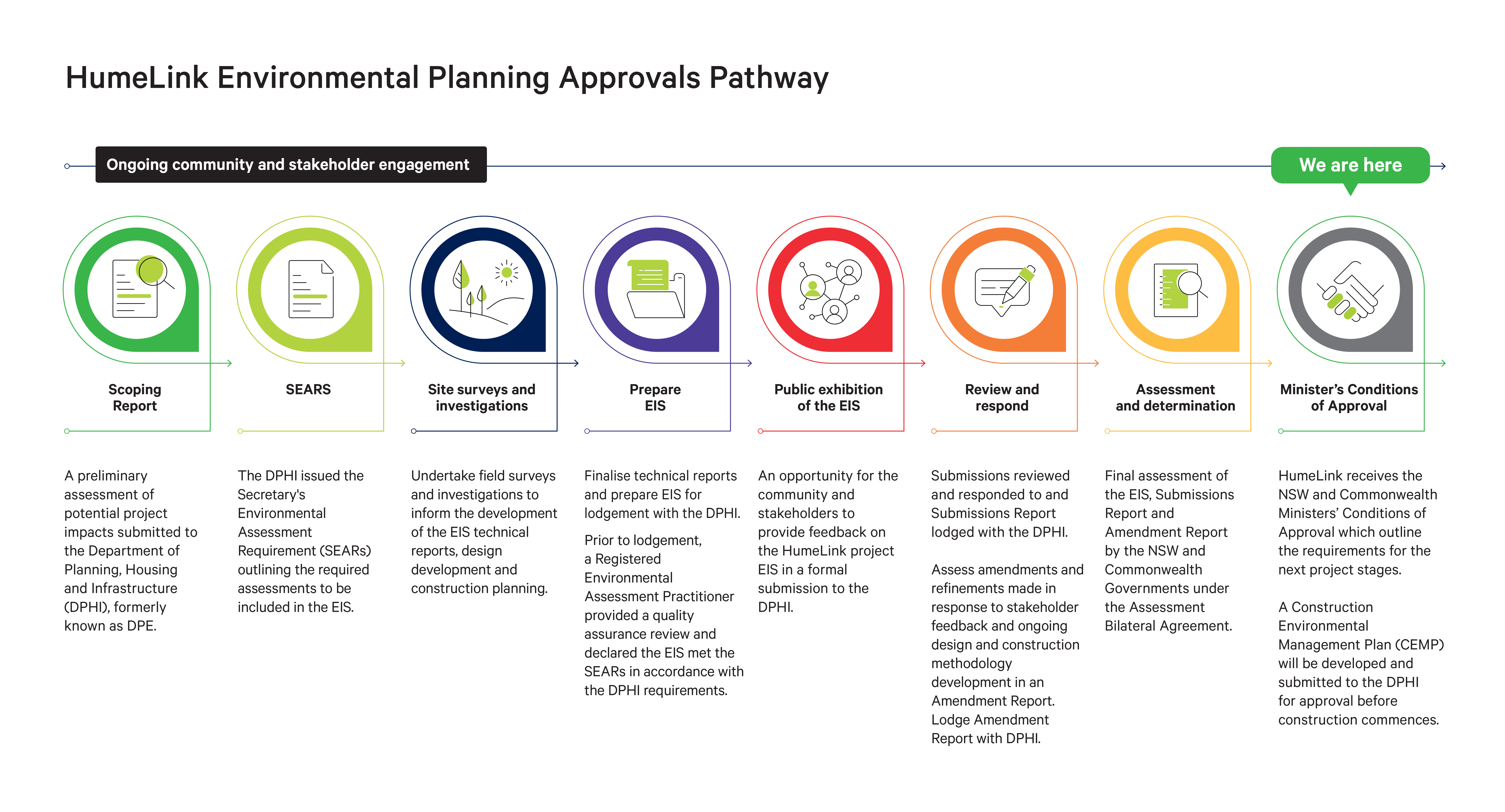EIS Fact sheets
A series of detailed technical studies and reports were completed as part of the EIS. The EIS fact sheets provide a summary of key technical studies, the methodology we used to identify and assess potential project impacts, our findings and how we manage or minimise them. Please note these fact sheets were published for the Environmental Impact Statement public exhibition and the information may have been updated since.


